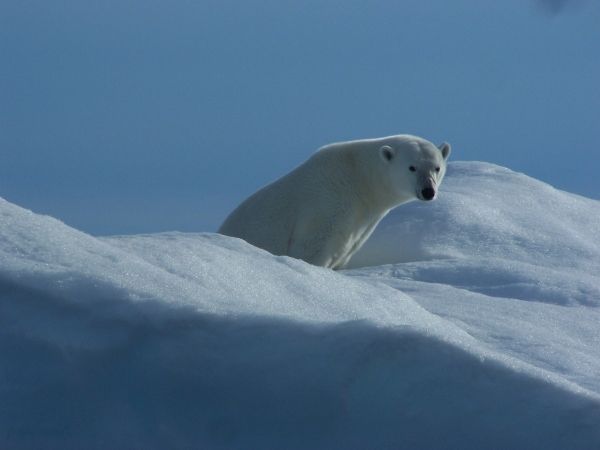In the Canadian Arctic, a mystery has troubled scientists and local communities for decades: Why do marine animals in the western Arctic have higher mercury levels than those in the east?
The trend is seen throughout the food web, from the tiny zooplankton that drift along ocean currents to large mammals like polar bears.
It matters because mercury is a contaminant of global concern and communities in the North rely on the ocean for food. Mercury can cause reproductive problems in some animals, severe neurological damage in people and hamper the development of infants.
Earlier studies had tried to explain the east-west difference by looking at where the mercury that winds up in the ocean comes from. But our new study shows that the answer to this mystery lies in the ocean itself.
Continue reading at University of Manitoba.
Image via University of Manitoba.


